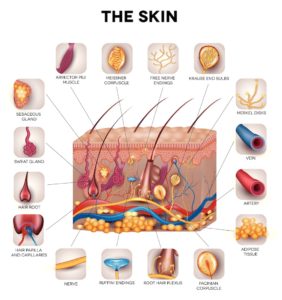How sensitive are your hands?

Ever wondered Exactly how sensitive your hands are?
Well... Wonder no more!
In a 2013 study by the The Royale Institute of Technology that appeared in the journal Nature; Scientific Reports; Feeling Small: Exploring the Tactile Perception Limits, researches explored this very question.
And the results will BLOW your mind!

In general, the sensitivity of a sensor is limited to a certain range of values.

We can apply this to the human eye, which is only capable of detecting a narrow band of electromagnetic radiation bounded by the colors violet and red.
When the researchers applied this notion of "sensitivity" to the human hand, they discovered a relationship between the tissue of the hand and the object being "sensed". At lower loads, or lighter pressure, because there is not a sufficient contact between the finger and the sensed object, it is difficult for the surface of the object to be sensed at all.

The Study Design:
The researchers blindfolded 20 participants and instructed them to probe various surfaces with the index finger of their preferred hand perpendicular to the grooves on those surfaces. They were allowed to probe for as long as they wished, and at loads and speeds they established for themselves.
The Study Conclusion...
Are you ready for this? The minimum pattern that could be distinguished from the smooth reference surfaces had a wavelength of 760nm.
So, how in the world do we visualize 760nm?
And how do we merge this information with what we learned from Gerald Pollack?
For Serious or Committed subscribes who want more details as well as access to the article... please log in.




Leave a Reply
You must be logged in to post a comment.